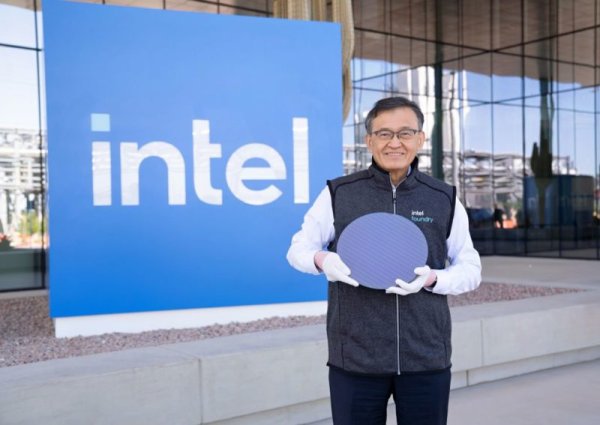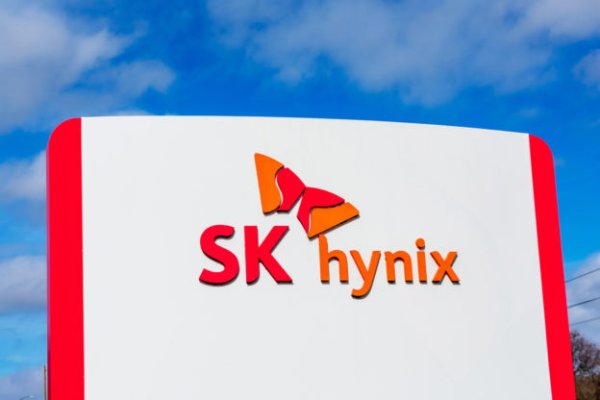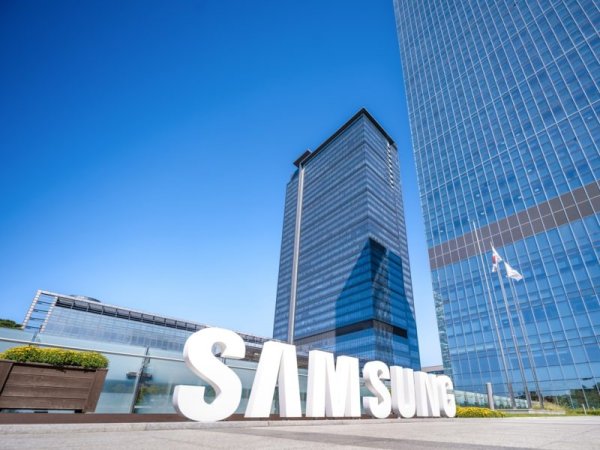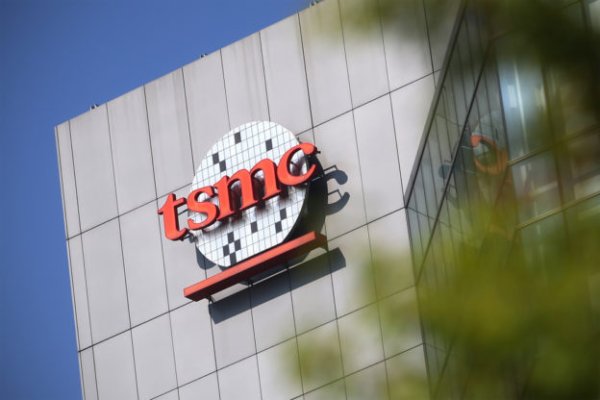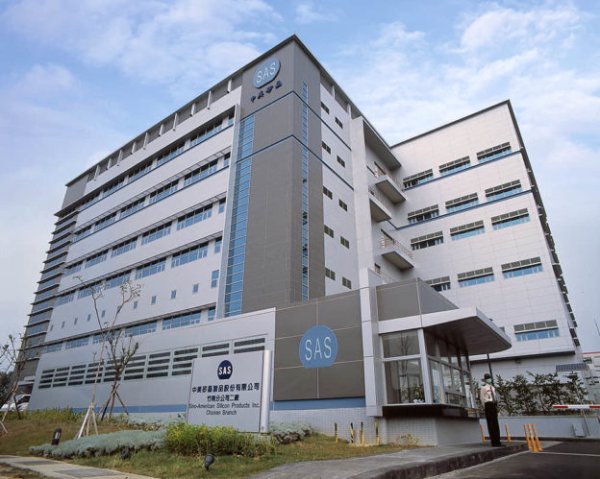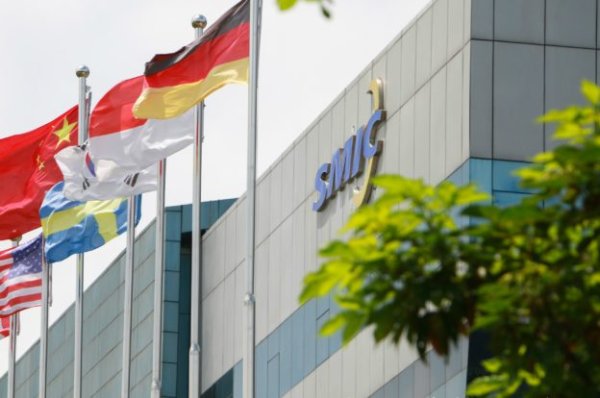Optimistic about the continuation of the AI boom, the CEO: full-year exports are expected to exceed US$600 billion
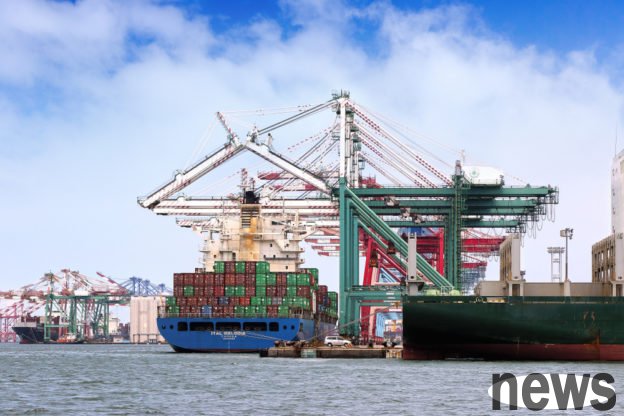
Putting aside the haze of tariffs, Taiwan's economic performance this year has been good. Minister of Economic Affairs Gong Mingxin said on the 22nd that he was optimistic about Taiwan's export performance, and estimated that the annual export value could exceed US$600 billion. He also expected that the AI boom should last for 3 to 4 years, and there were no concerns about an AI bubble.
Gong Mingxin said in an exclusive interview with the online program "This Is Reasonable" that at the beginning of this year, external factors considered the base period to be high, and it was expected that Taiwan's economic growth rate this year might not maintain 3%. However, by the second quarter, the General Accounting Office revised the forecast upward to 4.45%. At that time, he believed that it must be more than just looking at export performance. Now the latest forecast of the China Academy of Economics has indeed revised the economic growth forecast to 5.45%.
According to statistics from the Ministry of Finance, exports from January to September this year reached US$452.68 billion, setting a new high for the same period. Gong Mingxin pointed out that exports this year are still driven by AI demand, and exports throughout the year are expected to exceed US$600 billion, with an annual growth rate of 20% to 30%. He mentioned that when he served as Secretary-General of the Executive Yuan in May, he estimated that exports for the whole year could exceed US$550 billion, and now it looks better.
In response to concerns about the AI bubble, Gong Mingxin emphasized that the United States and China are actively deploying AI construction, and most of Taiwan's products are sold to the U.S. market. As long as AI becomes a necessity for every enterprise in the future, European demand is also expected to gradually grow, which means there will be great development opportunities and space for the international market in the future. It is expected that the AI boom should continue to flourish for 3 to 4 years. Therefore, Gong Mingxin is optimistic that Taiwan's economic growth rate next year will exceed the International Monetary Fund's (IMF) forecast and "will definitely be higher than 2%."
However, this year, the manufacturing and technology industries are in different situations. Gong Mingxin pointed out that the export of manufacturing was mainly affected by China's low-price dumping. However, among the export categories in the first nine months, only plastic and rubber products performed poorly. Others, such as the machinery industry, despite the pressure of U.S. tariffs on tools and the depreciation of the yen, the overall machinery industry exports still increased, and many manufacturers canceled overtime breaks after receiving new orders from overseas exhibitions.
"So there is definitely a way to go," Gong Mingxin said. In particular, many of China's products used to have the largest market share in the United States. However, after being hit by high U.S. tariffs, they have effectively withdrawn from the U.S. market. Taiwanese companies should actively strive for the parts vacated by China, and they can also transfer to markets such as Europe, Japan, and Southeast Asia.



